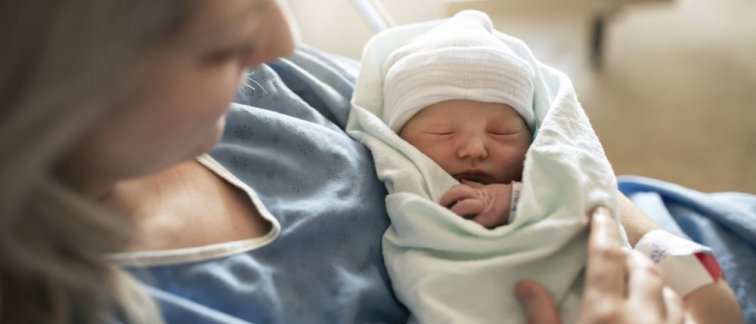well as the pregnancy for careful consideration when inducing labor. “Induction is a medical procedure and not free of risks. Therefore, more than now, information should be combined, then you will come to a better decision.”
More and more often, childbirth is artificially induced rather than waiting for the birth to start spontaneously. National birth care registration statistics show an increase in childbirth induction from 22.8% in 2018 to 26.5% in 2020. Induction is initiated to prevent the baby from dying.
Not without risk
Induction is often done on the basis of one characteristic of the pregnant woman or the pregnancy. For example, in pregnant women over 40 years of age, in a first-time delivery, or when the pregnancy is longer than 41 weeks. The main reason for inducing is to prevent infant mortality. But inducing also has a number of disadvantages. Research shows a relationship between childbirth induction and excessive blood loss during delivery, a negative birth experience for the mother, poor brain development of the child and more infection in the child later in life.
Sustainable solution
Based on her study, Goodarzi, who is also an obstetrician at Amsterdam UMC and Academy of Obstetrics Amsterdam Groningen, advocates including multiple characteristics in the consideration of induction. This helps to prevent unnecessary inductions. Goodarzi also sees more disparities in infant mortality due to social inequality. There remains a higher risk of infant mortality in pregnant women with a migration background and/or low socioeconomic position, even if the delivery is induced. Their children are born in the same disadvantaged position. A sustainable solution is to improve the social position of these pregnant women, such as access to better housing and equal access to education and the labor market.
Goodarzi’s research can be found here.

